June Nineteenth, or Juneteenth, historically marked the celebration of the emancipation of African-American slaves in Texas in 1865. While the annual celebration started in Texas the following year in 1866, and became an official Texas state holiday there in 1980, this formerly obscure holiday is now observed across the United States and around the world.
In 2021, Congress and the President made Juneteenth the 12th official federal holiday. It is celebrated with church-centered celebrations, parades, fairs, backyard parties, games, contests, and cookouts.
Now it goes by many names and has often been celebrated on the third Saturday in June. It is also known as Emancipation Day, Freedom Day, Jubilee Day, Juneteenth National Independence Day, and Black Independence Day.
Britannica.com calls it a “holiday commemorating the end of slavery,” and the History Channel says that it “commemorates an effective end of slavery in the United States.”
But was it? What is the origin of this holiday that is 160 years old?
Origin of Juneteenth
Originally, it began in Galveston, Texas, to mark the arrival on June 19 of U.S. Army Major General Gordon Granger, along with 20,000 Union Army troops, who arrived two months after the end of the American Civil War to read General Order Number 3, which announced that “all slaves are free.” It read:
The people of Texas are informed that, in accordance with a proclamation from the Executive of the United States, all slaves are free. This involves an absolute equality of personal rights and rights of property between former masters and slaves, and the connection heretofore existing between them becomes that between employer and hired labor. The freedmen are advised to remain quietly at their present homes and work for wages. They are informed that they will not be allowed to collect at military posts and that they will not be supported in idleness either there or elsewhere.
President Abraham Lincoln‘s Emancipation Proclamation was made effective more than two years earlier on January 1, 1863. But because Texas was under Confederate government control until the end of the Civil War and was the most remote of the slave states in revolt, Juneteenth was a day to remember. In addition, some slaves who had moved away from their former masters returned for the annual celebration.
Misconceptions About Juneteenth
It is necessary to clear up some common and quite popular misunderstandings about what Juneteenth was and what it was not. To accomplish that, let’s look at the progression of the liberation of enslaved people over almost a three-year period.
1. January 1, 1863
The Emancipation Proclamation, signed by Lincoln on September 22, 1862, but effective on January 1, 1863, almost two years into the Civil War, declared slaves free in only the 10 states of the Confederacy that were in open rebellion. This meant it changed their federal legal status in only those states, but it did not affect their liberation.
2. During the Civil War
Slaves would need to escape to a free state or wait for the advancing Union armies to liberate them. Subsequently, 200,000 African-Americans did become Union soldiers, most of them former slaves.
3. April 9, 1865
The victory of the Union Army over the Confederacy brought the Emancipation Proclamation into effect in those 10 Confederate states that were in revolt, a subset of the slave states. This rolled out unevenly.
It was at this point in history that Juneteenth was observed for Texas — and Texas alone — the effect of the Emancipation Proclamation.
This was not the first Confederate state to free their slaves, rather, it was the last of the rebelling slave states in the Confederacy to do so.
4. January 11 — December 18, 1865
However, other non-rebellious Southern slave states would subsequently need to pass their own laws particular to their state to effect liberation. In these states, slavery was still practiced.
These would include several of the slave-holding Southern states which didn’t change their laws until:
April 16, 1662: District of Columbia (Washington, D.C.)
January 11, 1865: Missouri
Early 1865: Tennessee and the counties that would become West Virginia
April 1865: Thirteen parishes near New Orleans
November 1865: Maryland
Slaves in Kentucky and Delaware were not freed until the Thirteenth Amendment was ratified.
5. December 18, 1865
However, it was not until the passing of the Thirteenth Amendment to the US Constitution, adopted on December 18, 1865, that all the slave-holding states abolished slavery and involuntary servitude.
Observance of Juneteenth
The popularity of the celebration waned during the early 20th century with less emphasis on oral tradition and with the wider availability of classroom teaching. But the Civil Rights movement of the ’50s and ’60s saw the wearing of Juneteenth freedom buttons, especially after the Poor People’s March in Washington, D.C. in 1968.
Martin Luther King, Jr. had organized it, but Baptist minister and Civil Rights leader Ralph Abernathy led it following King’s assassination.
The first time that Juneteenth became an official federal holiday across the entire country was in 2021. It is also known as Juneteenth National Independence Day and as Jubilee Day, Liberation Day, and Emancipation Day.
Since the beginning of the two-and-a-half-century history of the United States, the federal government has created just 10 federal holidays. Juneteenth became №11. It is the first new holiday since Martin Luther King Jr. Day was approved in 1983.
We’ll now see how the holiday changes as a federal holiday.
Bill Petro, your friendly neighborhood historian
billpetro.com
Subscribe to have future articles delivered to your email. If you enjoyed this article, please consider leaving a comment.

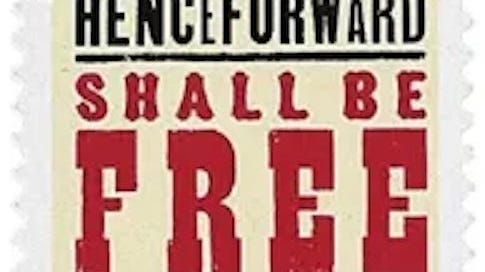



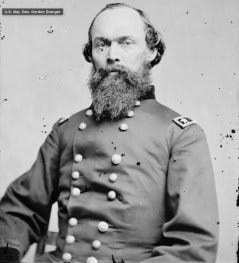
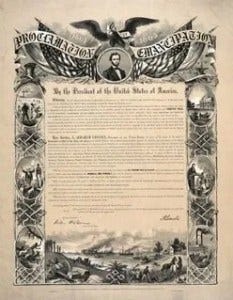
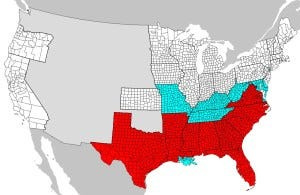
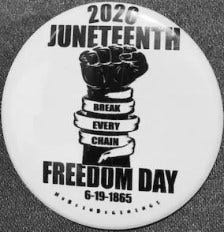
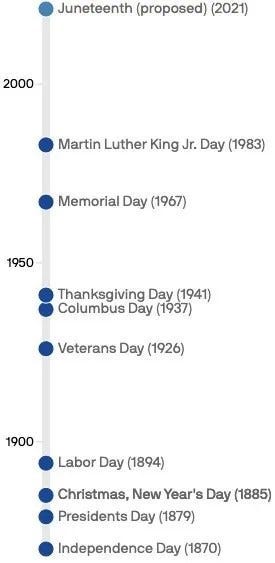
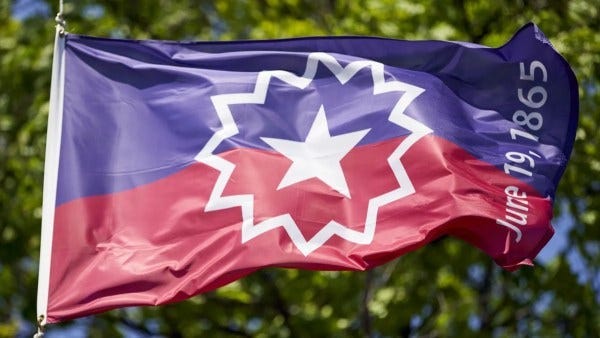
https://open.substack.com/pub/poetpastor/p/we-have-survived-before?r=5gejob&utm_medium=ios